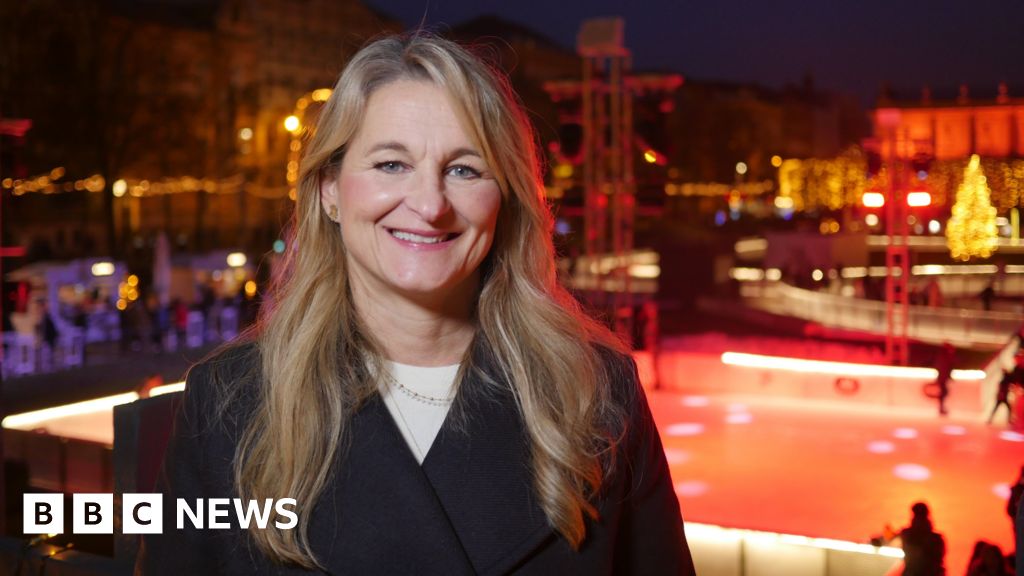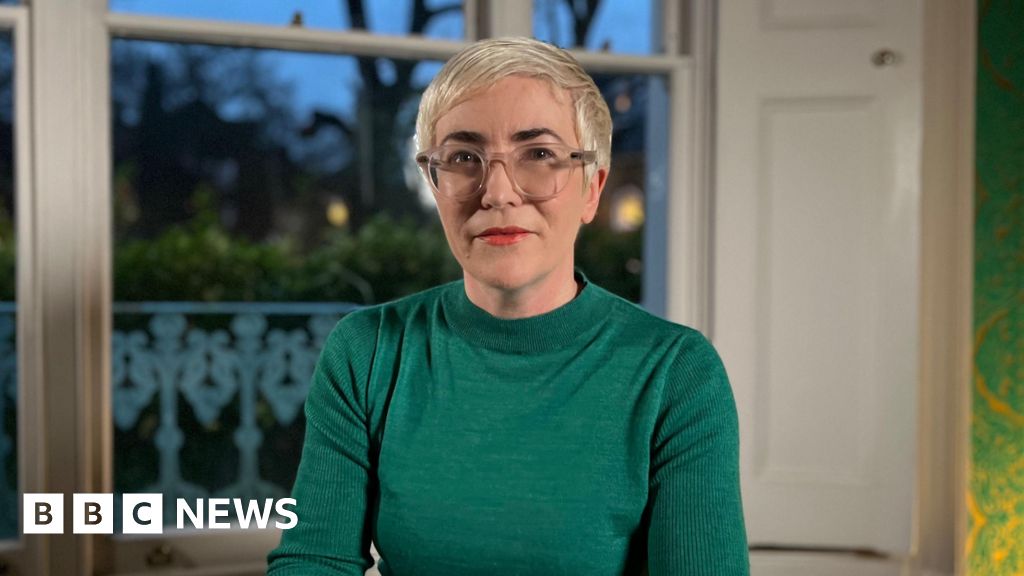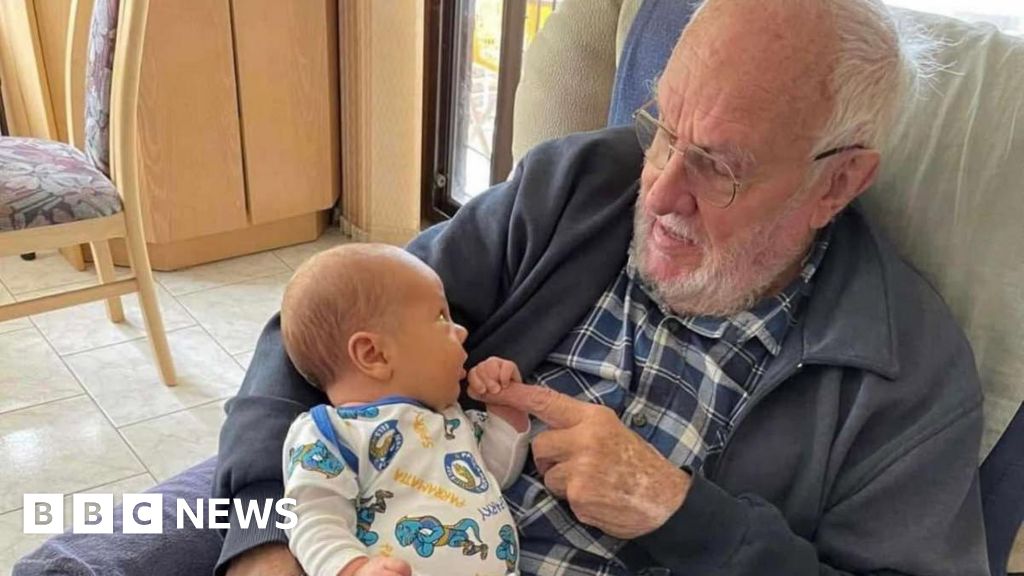Dominic Casciani
Home and Legal Correspondent•@BBCDomC
Peter Sullivan is the victim of the longest miscarriage of justice experienced by a living inmate in the UK.
And when the moment came for the Court of Appeal to acknowledge that injustice, he held his hand over his mouth, as he watched on from Wakefield prison, and wept.
The only miscarriage of justice that took longer to be acknowledged by the criminal justice system was when Derek Bentley's conviction for murder was overturned in 1998 - and he had been hanged in 1953, a year after he was convicted.
Now 68, Mr Sullivan leaves HMP Wakefield having spent more than 38 years in prison for the murder of 21-year-old Diane Sindall in 1986, including around a year on remand.
The Crown Prosecution Service says it did the right thing by not contesting the appeal.
The Criminal Cases Review Commission (CCRC), which ordered the DNA tests that led to the quashing of the conviction, will feel that it has clawed back some respect after the battering it has received over its catastrophic mishandling of the Andy Malkinson case.
As for Merseyside Police, it has a problem on its hands: an unsolved murder with an evidence trail four decades old.
The extraordinary facts of the injustice experienced by Peter Sullivan are not the first to raise questions about the appeals system in England and Wales. And there will be many critics today who say it is not fit for purpose if an innocent man can rot in a cell for so long.
Two years ago, Andy Malkinson's 20-year-old conviction for a rape he did not commit was overturned by the Court of Appeal.
And just like Peter Sullivan, his exoneration came down to DNA evidence.
So could Peter Sullivan's name, like Andy Malkinson's, have been cleared sooner?
In 2008, 21 years into his sentence, Mr Sullivan applied to the CCRC for help.
He specifically asked if it would look for DNA evidence that could exonerate him - evidence that would point to an alternative suspect.
The science of genetic fingerprints was then around a decade old.
The Y-STR technique led to the discovery of the profile that has ended Peter Sullivan's ordeal - but not in 2008 when he first asked for help.
Back then, the available test was limited - and the CCRC was told by forensic scientists that they were unlikely to be able to recover any useful DNA.
And so Mr Sullivan's application was rejected.
Today the CCRC has said that while alternative techniques were available at the time, and could have been attempted, it is impossible to say whether they would have produced any result.
But back in 2010 the CCRC was worrying that it may not be doing enough with the science.
It had been put on notice that it had missed an opportunity in the case of Victor Nealon, a man wrongly convicted of rape in very similar, and earlier, circumstances to Andy Malkinson. Mr Nealon, like Mr Malkinson, was cleared thanks to DNA work by his lawyers, not the CCRC.
And so it planned to launch a review of serious cases it had turned down - but it never took place.
In 2019, now 32 years into his sentence - twice the minimum term the trial judge ordered him to serve behind bars - Peter Sullivan tried to go back to the Court of Appeal.
He asked if it would look at whether disputed bite-mark evidence, part of the case against him, was reliable. He also wanted it to consider an expert report that his low intelligence and suggestibility meant his "confession" in a police interview should not have featured in his trial.
It took the Court of Appeal more than two years to reject the application, concluding that Mr Sullivan was out of time and his points could not undermine the totality of the prosecution's wide-ranging circumstantial case.
Mr Sullivan and his solicitor, Sarah Myatt, went back to the CCRC asking for it to look again.
The organisation knew by then of the gravity of the missed DNA opportunity in the Andy Malkinson case - and scientists were asked to study biological samples taken from Miss Sindall's body. They used a form of DNA testing called PPY23 which was invented in 2012 and which fully entered widespread use by 2015.
That test found a male DNA profile from semen cells that comprehensibly ruled out Mr Sullivan and anyone else known to the police.
In other words, the test that cleared Mr Sullivan of murder was not available in 2008 - but it was still available a decade ago.
The fact that it had not been used before his 2021 application for help is, say critics, an example that the system needs totally overhauling.
"Peter Sullivan's exoneration provides further evidence that our current appeals system cannot be trusted to swiftly identify and rectify miscarriages of justice," said James Burley from the legal charity Appeal. He led the investigation in the Andy Malkinson case - and found the long-ignored DNA evidence that cleared his name.
"Between them, Peter Sullivan, Andrew Malkinson and Victor Nealon spent over 70 years wrongly imprisoned before finally being exonerated by compelling DNA evidence.
"Each had their cases previously rejected by both the Court of Appeal and the CCRC - the institutions which are meant to act as our justice system's safety net. The case for an urgent overhaul of the appeals system is now overwhelming."
A CCRC spokesperson said: "We do regret that we were not able to identify Mr Sullivan's conviction as a potential miscarriage of justice in our first review.
"As an organisation we are committed to taking forward learning from previous reviews and we continue to develop our understanding around forensic opportunities."
.png)
 7 months ago
25
7 months ago
25








 English (US) ·
English (US) ·